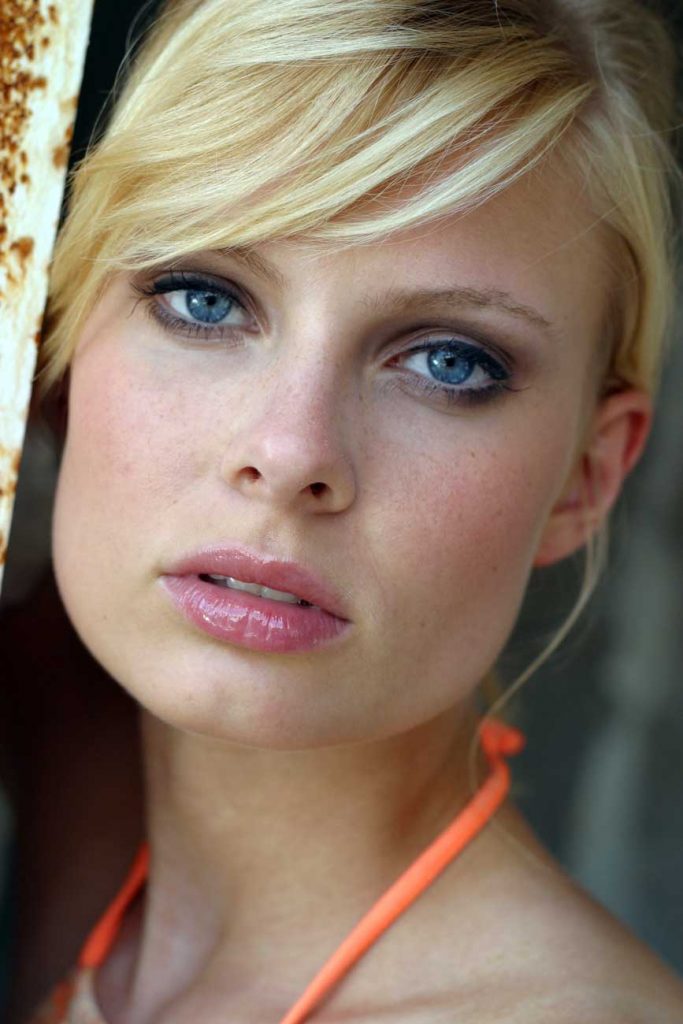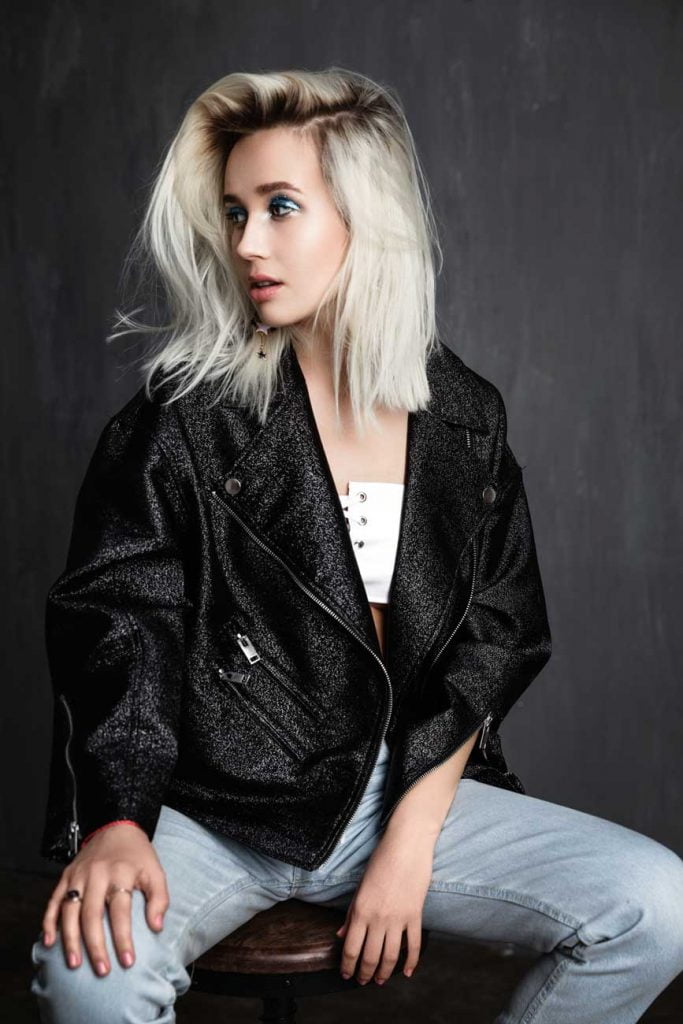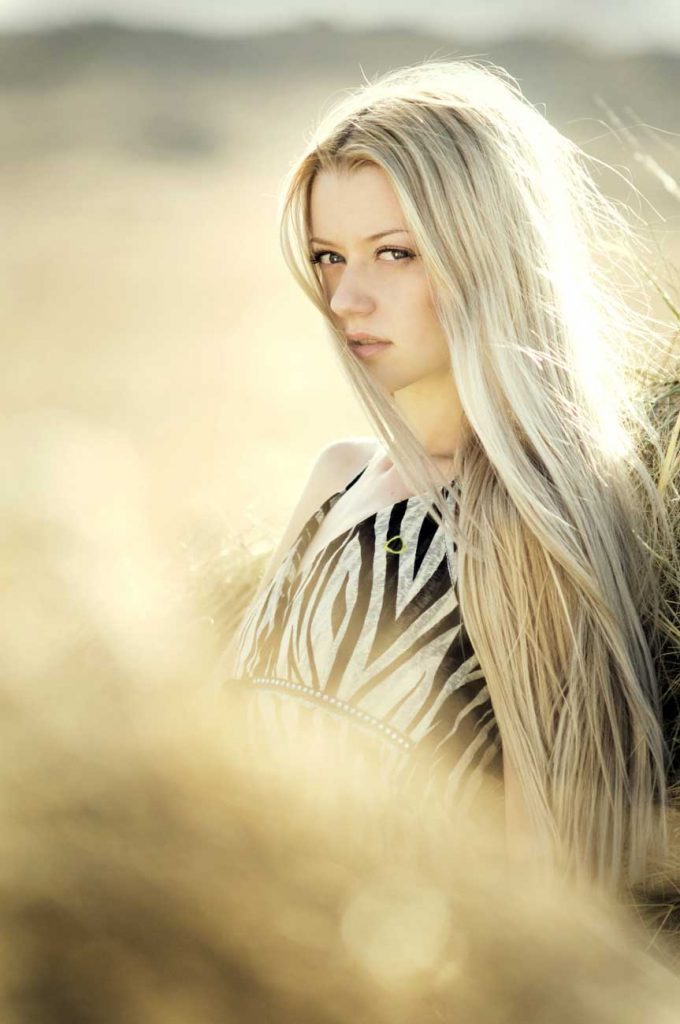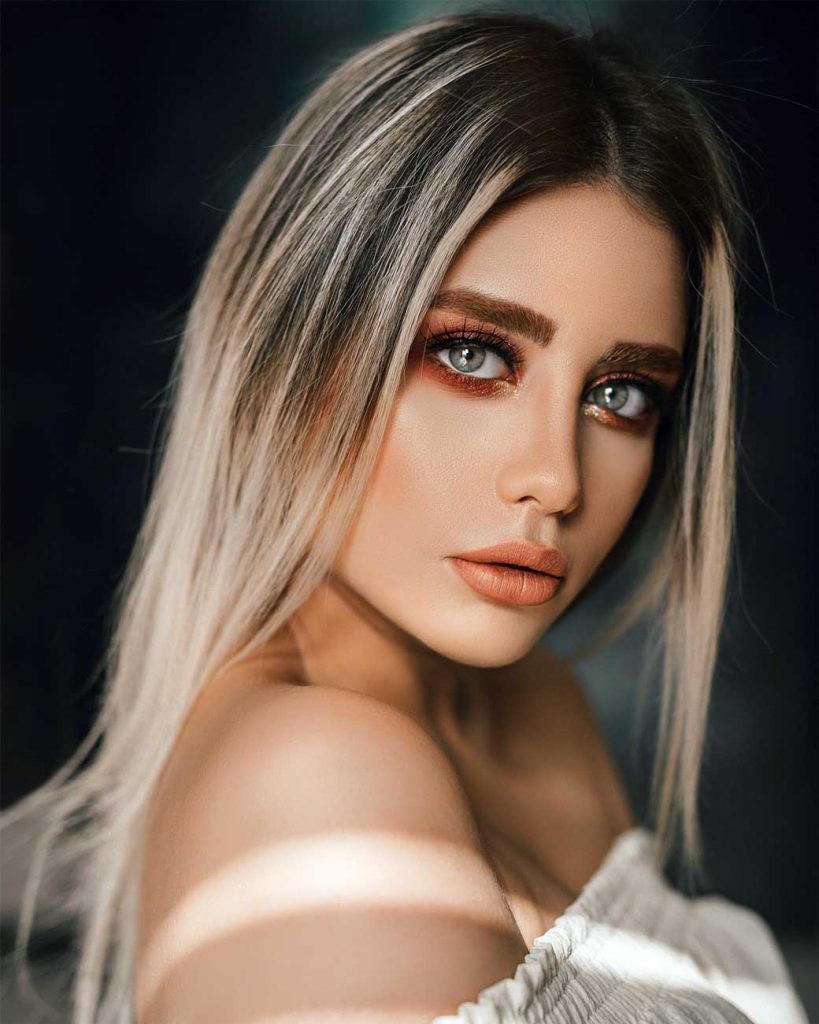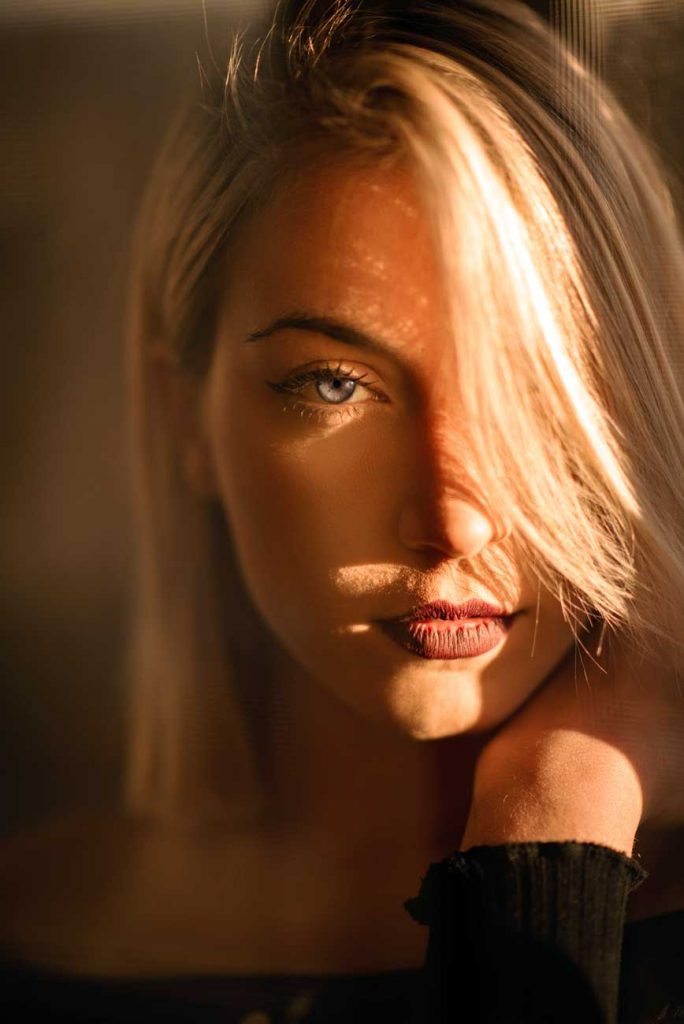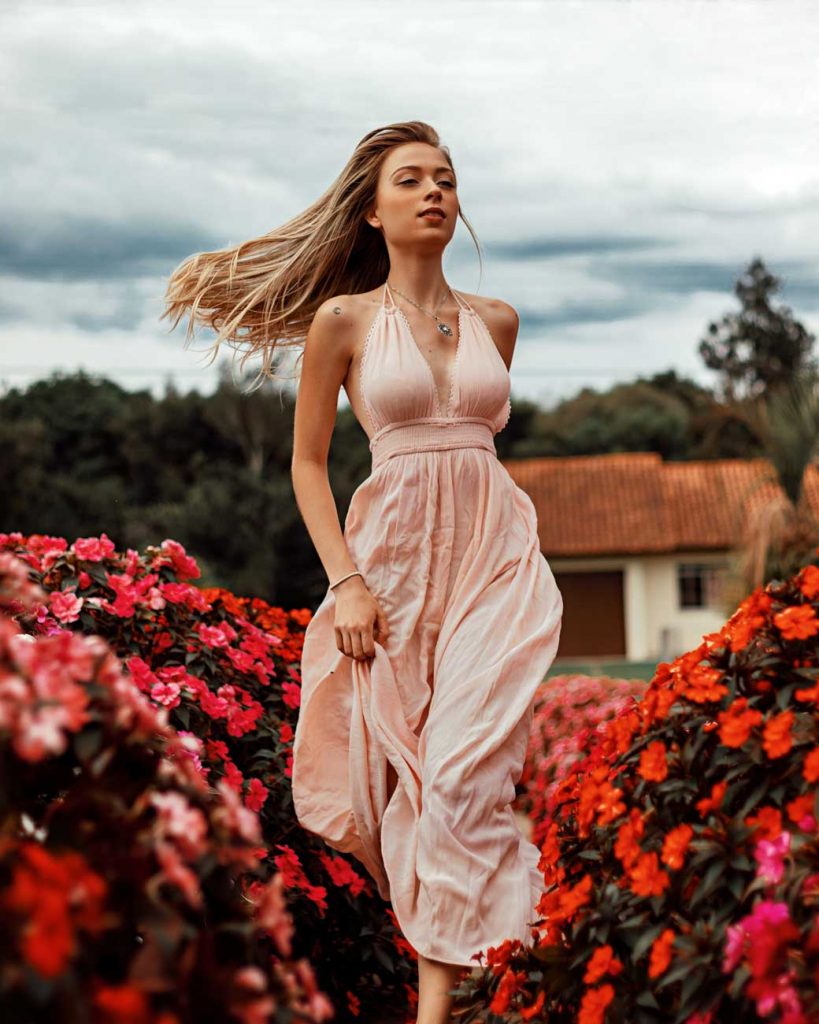Table of Contents
There have been a lot of stereotypes and even some funny jokes about blondes over the years, but nobody has really asked important questions about people with this particular hair color. What makes a person blond? Does a blond retain his hair color all throughout his life? Is it “blond” or “blonde”? These are the questions that we will be answering and more.
This article will discuss everything there is to know about the blond, as well as provide you with interesting information that even those with this particular color shade of hair would not know about.
Is It Blond or Blonde?
The word blond actually came from the old French word “blund”, or “blont”, which described a particular section of yellow shades. The word “fair”, on the other hand, directly meant “blond hair”. However, this word gradually fell out of fashion and is now used to describe a light skin complexion rather than its original usage. Still, others may use the expression “fine-haired” to describe someone with blond hair.
While technically interchangeable, the words “blond” and “blonde” pertain to the same thing but are used depending on the gender of the person being described. The usual usage of these is that “blond” is used to describe men while “blonde” is used to describe women.
Evolution of Blond Hair
Anthropologists suggest that blond hair originated from areas where sunlight is not abundant. As such, people in these locations have evolved to absorb more sunlight through their skins for the production of Vitamin D. This caused them to have low production of the pigment melanin, which aids in blocking out the sun’s rays.
The result of this evolution is people with light skin and blond hair, which made their first appearance in North European countries. Genes were passed on to other locations due to sexual selection, that is, those with blond hair and the accompanying blue eyes made them stand out, making it easier for them to find partners and reproduce.
Kinds of Blond Hair
There are numerous kinds of blond hair, with some pertaining to a particular shade of hair while some describing artificially colored ones. These types of blond include ash-blond, which describes a yellowish-gray hue, or dirty blond which describes a darker shade with other colors, like red or brown, mixed in as strands or flecks. Honey blonds and golden blonds pertain to darker hues of blond, while sandy blonds have hair that is near the color of beige. Platinum blonds have a whitish color, while strawberry blonds have a reddish hue.
Platinum blond, on the other hand, is a term used for those who have artificially colored their hair blond. The term peroxide blond may also be used due to the use of hydrogen peroxide or bleach for coloration purposes. Take note that those who have colored their hair artificially may also be called other terms depending on the actual coloration of their hair.
Advantages of Having Blond Hair
There are many advantages to having blond hair, although most of them are psychological and social in nature. Studies have shown that, on average, blonds earn more both in terms of salary as well as tips. Blonds are also deemed more attractive when compared to those with hair of other colors but with similar facial features.
The above data, however, apply to females more than men, as details for the latter are mixed and are not yet proven by solid evidence. Studies have also shown that blond hair does not play a factor when it comes to marriage, nor does having blue eyes. However, statistics have shown that blonde females are more likely to marry those of higher financial standing. Of course, many other factors can affect these numbers and are in no way conclusive of absolute truth.
Another advantage of blondes, aesthetically pleasing, is that they tend to have more beautiful and voluminous hair. Blond hair is thinner than those of a different color, and this allows the scalp to hold more strands. Blond hair is also more reflective of light due to its color.
This makes this type of hair more attractive, which is probably one of the reasons why blonds have a much likelier chance of finding a mate as a luscious and healthy head of hair is a primal signal of good health and reproductive superiority.
Blond hair is also considered one of the envies of people from all over the world. Blond is one of the most purchased and requested artificial hair colors. In fact, the Ganguro culture, which originated in Japan, revolves around, among other things, having blond hair of varying shades. Many celebrities who are originally brunettes have had their hair colored blonde which is now part of their usual look.
Health Risks of Blonds
While some blonds enjoy certain perks, especially in social aspects, these benefits do come with certain risks as blonds are known to carry with them higher risks of getting specific illnesses and diseases. Due to their lack of melanin, blonds are more prone to diseases such as skin cancer as well as different eye conditions. For the latter, those who have blue eyes are even more at risk.
The reason for this is that melanin is a pigment that helps in controlling the body from harmful UV rays that come from the sun. It has also been known to prevent or at least minimize the risk of skin cancers. Darker eyes are also known to filter out UV rays that can cause damage to the eyes as well as lead to conditions such as cataracts or macular degeneration.
As such, as those with blond hair have less melanin, they have a higher chance of getting these diseases when compared to those with darker hair that is exposed to the same level of sun. This also makes blondes more prone to sunburn, freckles, and other skin conditions.
Frequently Asked Questions
Is there any proof that blondes are dumb?
While there is a negative stereotype about blonds being dumb, there is no supporting evidence that justifies this claim. In fact, studies have shown that blonds, in fact, have a slightly higher IQ as compared to others with different hair colors. The difference, though, is statistically insignificant which proves that hair color has no correlation to intelligence.
Where did blond hair originate?
People with blond hair originated in Northern Europe, around the time of the last Ice Age which was over 10,000 years ago. Blond hair is technically considered a mutation, as part of a natural reaction to the environment of humans during that time.
Due to the lack of adequate sunlight during that time, people did not require as much protection from the sun. Once the first blond-haired, blue-eyed people arrived, they were able to stand out due to their unique looks, which was essential to survival as there were only a limited number of males during the period.
How rare are blonds in the world?
Truly blond people are quite rare. Only two percent of the entire population are natural blonds, with countries such as Finland, Sweden, Ukraine, Norway, and Australia having some of the highest percentages of blonds. Surprisingly, areas in North Africa as well as in Asia also have their fair share of blonds, although this is more due to inter-racial mixing rather than natural evolution.
Are blonds disappearing?
There is a myth that blonds are slowly disappearing, with the urban legend stating that the hair color will be gone in around 200 years due to it being a recessive gene.
However, this has no scientific credence as, even though the blond hair gene is recessive, there will be no significant drop in blonds unless they purposely do not mate. There would also be no extinction of blonds as the gene pool is still healthy enough that, despite possibly diminishing numbers, the population will not get wiped out.
Can a person with blond hair change hair color naturally?
Those who are naturally blond will have their hair at its finest during their early years. However, this will eventually darken with age, with permanent hair color appearing at around the age of 10 or so. This is due to the release of more melanin as you age. As such, as your hair is replaced, it will become darker and maybe an entirely different color.
Your final hair color will depend on the type of melanin that you produce. Eumelanin will turn your hair auburn or black, while pheomelanin will turn your hair into a shade of red. This is how dirty blond or strawberry blond hair develops. It may also be possible for a person to be born a blond but will become a brunette as an adult. If not enough melanin is produced, then only a darker shade of blond will eventually be produced.
Do all blondes have blue eyes?
While not all blondes have blue eyes, blonds have a higher chance of having blue-colored eyes because the genes that define each trait are linked. This is also due to the reduced production of melanin which makes the iris lighter in color. The blue in the eyes is produced not because of the actual color, but rather of the way the light is reflected on the iris.
The less light is reflected due to the lack of melanin, the browner or blacker it would be. On the other hand, some light that is reflected will have the eyes reflected as green. Less light, due to lack of melanin, will reflect as blue.


